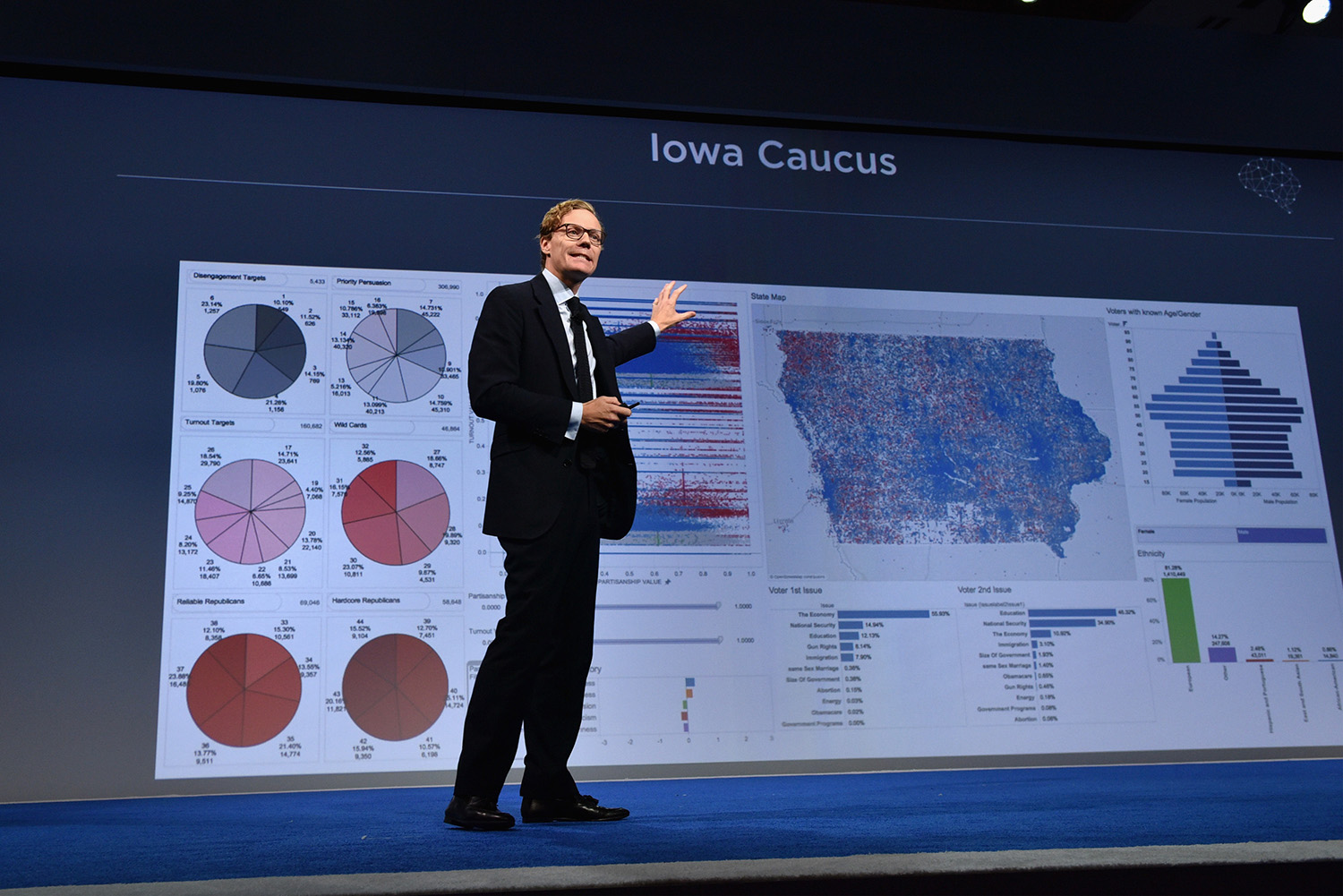
The 2016 U.S. election swung in large part because of a data analysis model that was basically created by accident eight years earlier.
Now, Motherboard is giving an in-depth look at the psychologist-created technology replicated by groups like Cambridge Analytica, a big data firm hired by the Donald Trump campaign to target potential voters.
While working on his Ph.D. at Cambridge University, Michal Kosinski explored the idea of applying psychometrics, a scientific field focused on measuring psychological traits, using data generated from Facebook users. He created a Facebook app called MyPersonality, which was basically a questionnaire that used questions from a common psychometric model called the “Big Five.” At the end of the test, users were given the option to share their Facebook data with Kosinski and his research team—which many did.
Before long, Kosinski was in possession of the largest data set that combined psychometric scores and Facebook profiles. His research became an exercise in the yet-to-be-realized potential of big data: For every action on Facebook, a reliable deduction could be made. People who followed Lady Gaga’s fan page, for example, were more likely to be extroverts.
With time and more data, Kosinski’s model became more precise. By 2012, the research team was able to predict a user’s skin color within 95 percent accuracy and their political party affiliation within 85 percent, just from an average of 68 likes.
In 2014, Kosinski turned down an offer from Strategic Communication Laboratories, the parent company of Cambridge Analytica. He thought nothing of it until Cambridge Analytica was tapped to help “Leave.Eu,” the Brexit campaign led by Nigel Farage in the United Kingdom. Then, American politics came calling. Ted Cruz credited his campaign surge to analysis employed by Cambridge Analytica, which was subsequently hired by Donald Trump’s team.

Starting at the beginning of the election season while consulting for several campaigns, Cambridge Analytica built a model that could predict the personality of every adult in America. Bearing a close resemblance to Kosinski’s method developed at Cambridge University in 2008, the big data company bought a range of data from various sources, from car information to what magazines people buy. Cambridge Analytica aggregated the data with the Republican electoral register to generate politically-geared insights that could be used to target and send voter-specific messages.
Instead of the entire country, the firm focused on 17 states it thought could be contested by Trump and divided the population into 32 personality types. using this framework, Cambridge Analytica could make deductions, such as those who preferred American-made cars were likely to be a potential Trump supporter.
The model was so precise, Trump’s canvassers out in the field knew what homes would be receptive to specific messages. It’s the same reason why Trump focused on Wisconsin and Michigan the last weeks of his campaign—a strategy that obviously paid off.
Cambridge Analytica’s model was detailed explicitly by its CEO Alexander Nix during a ten-minute presentation at a conference in September 2016, embedded below.
For more information on Kosinski’s research, click here. For those interested in evaluating their Facebook profile using Kosinki’s model, click here.
—RealClearLife
This article was featured in the InsideHook newsletter. Sign up now.
























